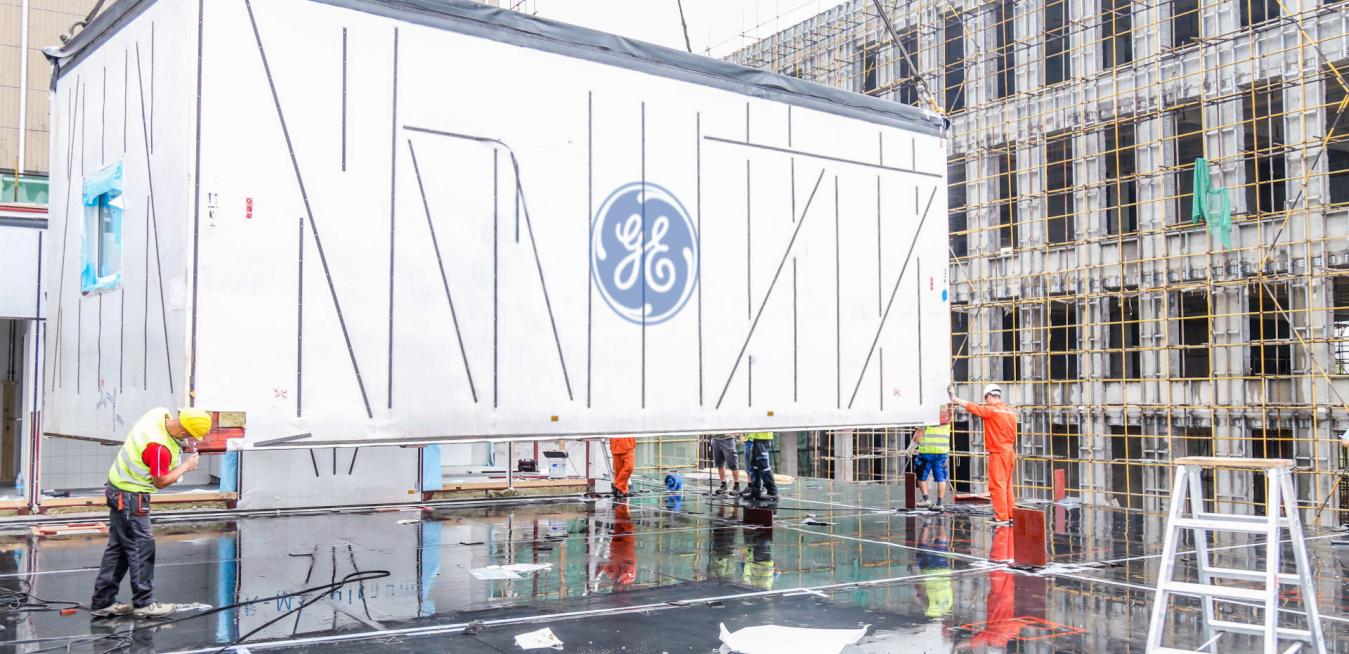In only a few years, a novel genome engineering technology, known as CRISPR, has gone from obscurity to revolutionary. The world is eager to see how this tool could cure a range of deadly genetic diseases. Eyes remain fixated on grandiose headlines, but the public may not be aware of the long road ahead for CRISPR clinical trials, writes Kevin Doxzen of the Innovative Genomics Institute. He explains what needs to happen before CRISPR will make it into your local neighborhood hospital.
The first biopharmaceutical drugs using complex organic molecules produced by genetically modified cells to deliver more efficient therapies have already started to write the next chapter of medicine. Treatments designed from lab-made versions of large proteins are now being used to treat cancers and autoimmune disorders like multiple sclerosis. Research shows they might also do well against infectious diseases.
The human body holds many thousands of different proteins, and even small typos in the genetic code can lead to diseases and conditions such as diabetes, hemophilia, dwarfism and many others.












